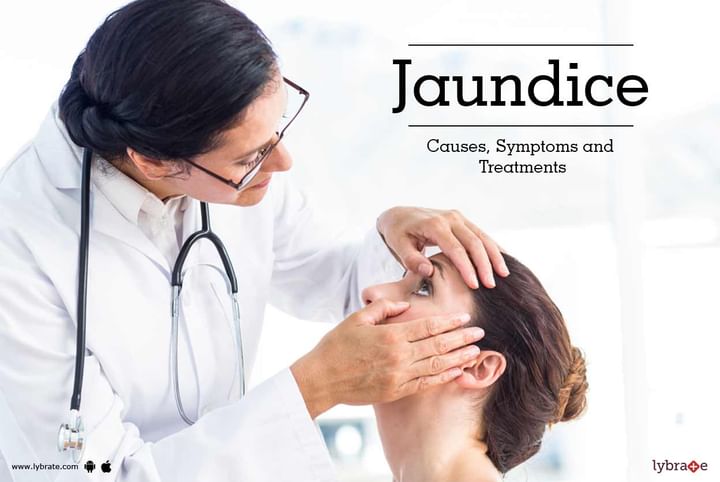Jaundice: Causes, Symptoms and Treatments
The medical name for the yellow tint on your skin and around the white portion of the eye is jaundice. However, jaundice is a symptom of a variety of underlying medical conditions, and not a specific disease. When the body break downs deceased red blood cells, a yellow pigment known as bilirubin is formed. Jaundice develops when your system contains excess bilirubin. Usually, the bilirubin, as well as the dead blood cells, are exterminated by your body.
Jaundice may symbolise a critical problem with your pancreas, blood cells, gallbladder or liver.
Causes:
Jaundice isn’t a disease; it is a symptom. Thus if you have jaundice, it might indicate you may have any of the following complications:
-
Liver infection
-
Cirrhosis (Liver scarring mostly due to alcohol).
-
Hepatitis (Swollen liver that decreases its functionality).
-
An overdose or adverse reaction to certain medications.
Symptoms:
The major indication of jaundice is yellow tinted skin and eyes. In serious cases, the sclera (white parts) of the eye can turn orange or brown. You might additionally exhibit other symptoms such as pale stools and dark urine.
If a concealed condition such as viral hepatitis is causing jaundice, you will probably experience symptoms such as vomiting and excessive fatigue.
Misdiagnosis is common when it comes to jaundice. Sometimes, an abundance of beta carotene (a type of anti-oxidant found abundantly in fruits and plants) can turn your skin yellow.
Treatments:
Since jaundice is a symptom of some other underlying disease, the treatment will focus on that disease. When your treatment starts, the yellow tint will disappear on its own.
If the jaundice is serious, blood transfusions might be needed to expel the excess bilirubin and rejuvenate the body’s red blood cells. However, if the body’s bile duct mechanism gets blocked, a surgery might be required to unblock the same. If you wish to discuss about any specific problem, you can consult a doctor and ask a free question.



+1.svg)
